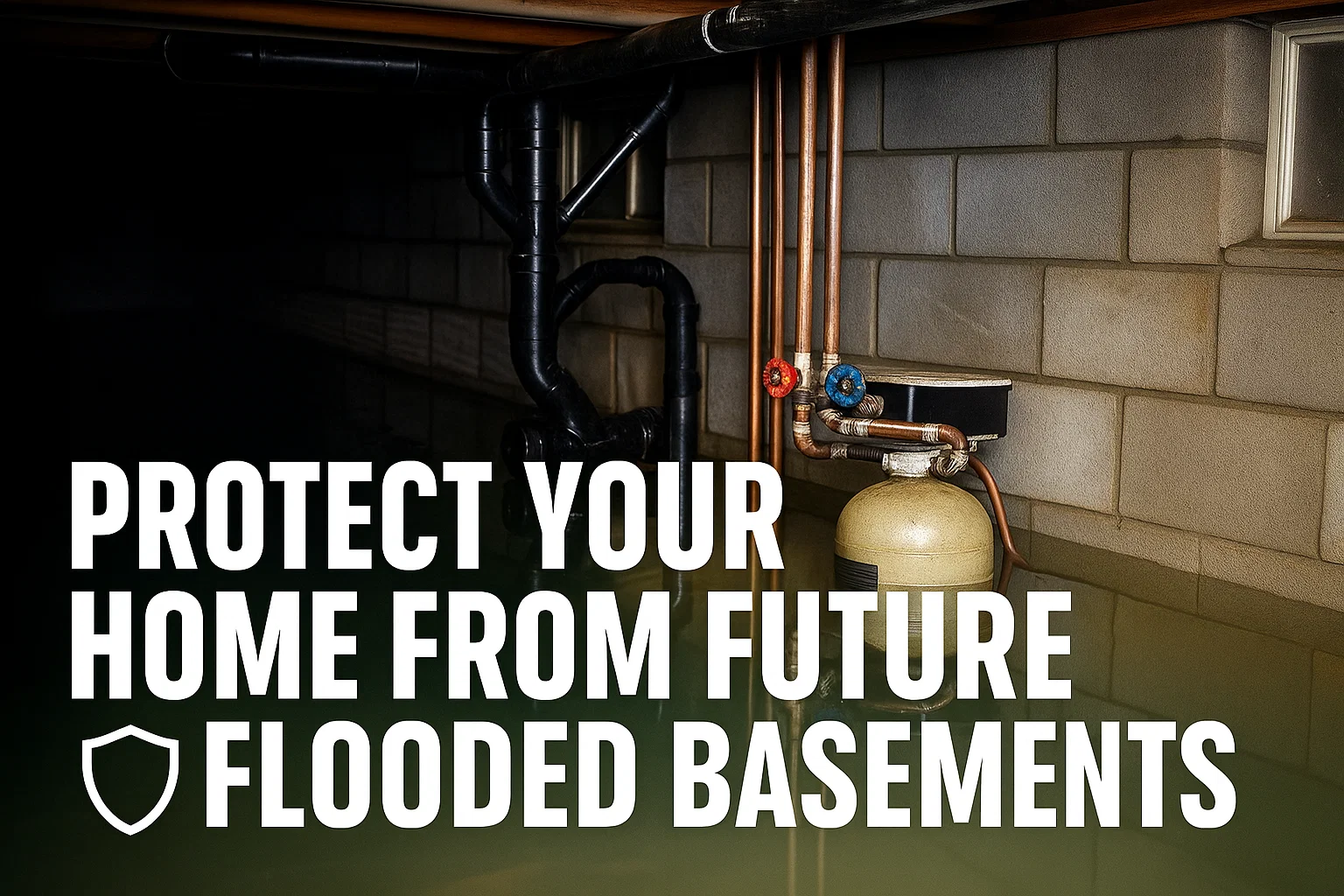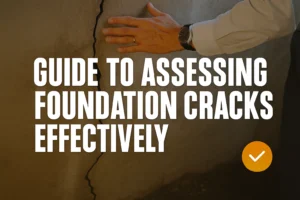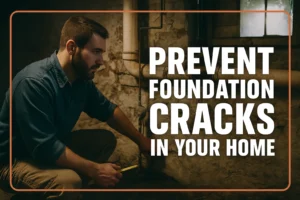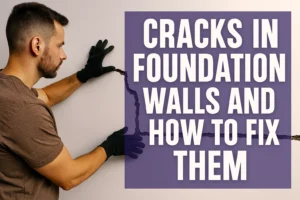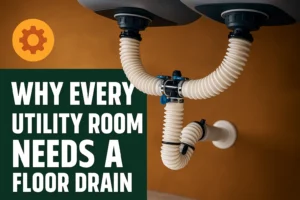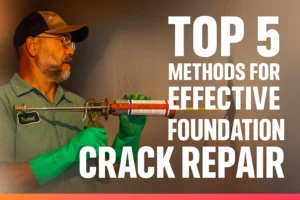Damages from flooding in your basement can be extensive and disrupt your life. The good news is, there are effective methods to prevent flooding and water damage in your basement. Whether you are building a new house or attempting to protect an old one, there are certain essentials for waterproofing a basement -good drainage, the right kind of coating and ongoing maintenance. This guide provides helpful tips and expert advice on how to prevent your basement from flooding. Once you know the tricks, you can save a bundle on unnecessary repairs, keep your assets safe inside and out and have plenty of peace of mind year-round.
Key Flood Protection Measures for Your Home
When it comes to keeping your home safe from basement flooding, you’re going to want a multifaceted strategy that focuses on first redirecting the water away from your foundation and second, dealing with any water that does enter. Here’s what you need to do now to safeguard your basement and home:
Seal Foundation Cracks: Small cracks in your basement walls and floors can allow water to get inside. Sealing it up with waterproof sealants, as well as injection, will decrease the amount of water allowed in.
Maintain Downspouts and Gutters: Keep gutters clear of debris and position spouts so they send water at least 6 feet from your foundation with extensions and splash pads. Do not hook up downspouts to sewers, which can lead to flooding.
Good Yard Grading: The soil around your house should slope away from the foundation by about 6 inches over 10 feet, helping water drain to safe spots and making it less likely that dangerous water will run into your basement walls.
Install Sump Pumps and Backwater Valves: Sump pumps are devices that remove any water accumulating in your basement, and backwater valves protect rain and sewer water from backing up into your home.
Use Interior Drainage Systems: In the form of interior drains under the basement floor or along walls and connecting to sump pumps, when it rains, the water will be collected by these systems and carried away from your home, where they should help you manage underground water pressure.
Exterior Waterproofing: It’s best to waterproof the outside of your basement walls by installing waterproof membranes and drainage systems that manage groundwater.
Regular Maintenance and Inspections: Regularly check your basement for leaks, mold or moisture, and ensure gutters, downspouts and drainage systems stay clean.
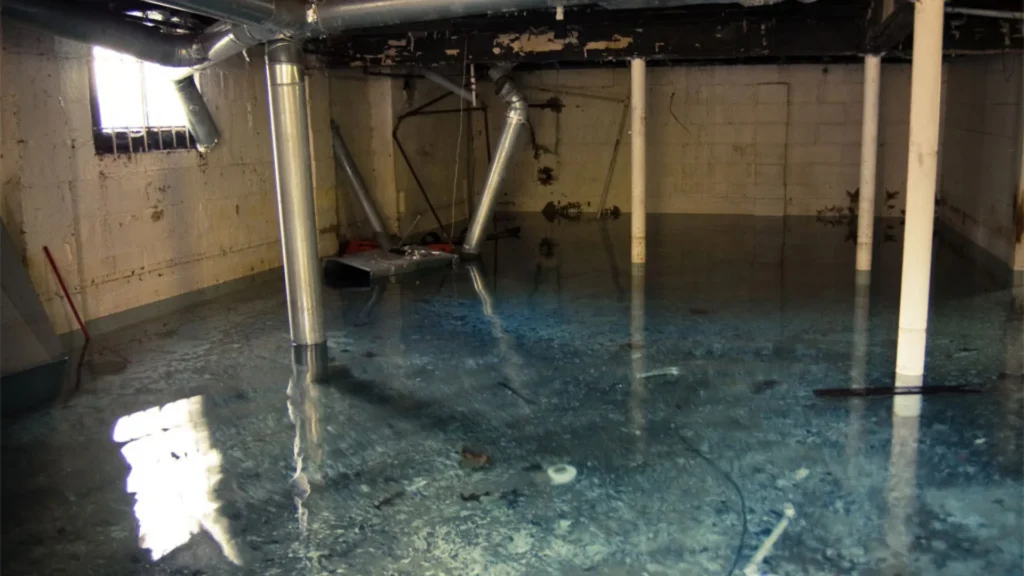
Effective Ways to Stop Flooding in Your Home
A flood can wreak havoc on your home, but with the right measures in place to keep water at bay, you can stop serious problems with the basement from taking hold. Here are easy, effective ways to stop flooding and protect your property.
Fit flood barriers & flood doors
Flood barriers and flood doors are physical barriers designed to prevent water intrusion, primarily through the door or a large opening. Those could either be permanent installations or they can be removable panels that you slide into place before a flood, to help cover your basement during heavy rains.
Use Sump Pumps and Backflow Valves
Sump pumps are essential appliances that remove standing water from basements, where water tends to collect and cause flooding. Backflow valves keep sewage or stormwater from backing up into your plumbing and creating basement floods, which in turn helps keep unwanted water out.
Improve Drainage Around Your Home
When you have proper drainage you won’t have standing water near your foundation. Keep gutters clean, and extend downspouts well away from your house, making sure the yard slopes downward (about 6 inches for every 10 feet) to drain water away naturally.
Waterproof Walls and Floors
If you apply waterproof coatings, a sealant or a membrane on your basement’s walls and floor can the barrier keep water and groundwater outside where it belongs? Working on concrete and masonry alike, these are a must for preserving our surfaces.
Use Water-Resistant Building Materials
The use of water-resistant materials, such as cementitious coatings, liquid‐applied membranes, sheet membranes (e.g., PVC and EPDM) or water‐resistant drywall can ensure less damage in the event that a leak occurs. These products are engineered to resist moisture, which helps inhibit the growth of any mold.
Elevate Electrical Systems and Appliances
Lifting electric sockets, wiring and appliances above potential flood heights decreases the risk for electrical harm and increases safety when flooding does occur.
Keep Valuable Items Safe
Keep valuables, vital records, and critical equipment off basement floors in waterproof containers or on upper levels to protect them from flood damage.
Common Flood Prevention Mistakes to Avoid
| Mistake | Why Avoid It |
| Blocking drainage systems | Causes water to flow back into your home |
| Using porous flooring | Water damages floors like laminate easily |
| Ignoring foundation cracks | Leads to leaks and bigger structural problems |
| Not cleaning gutters | Water overflows near foundation, raising flood risk |
| Reopening outdoor hose valves too early | Can cause frozen burst pipes inside |
| Ignoring hidden water damage | Mold growth and worsening damage |
| Delaying professional help | Mold spreads, damage worsens, costs increase |
Cost-Effective Flooding Solutions for Homeowners
Rain Barrels and Cisterns: Gather rainwater from your roof that can be used to eliminate runoff near the base of your foundation.
Cost: A standard rain barrel costs between $95 and $140, with installation ranging from an additional $50 to $150, depending on complexity.
French Drains: A trench filled with gravel and a perforated pipe that carries water away from your home.
Cost: Installation rates are typically $20 to $30 per linear foot, total costs will vary according to the size of property and how challenging prevailing soil conditions may be.

Rain Gardens: Depressions filled with water-absorbing plants that allow rainwater to seep into the earth naturally.
Cost: Cost depends on the type of plant selected, as well as pre-existing landscaping; expect to pay $2 to $10 per square foot.
Porous Pavements: These types of pavements soak up water, thus reducing runoff. Examples of such materials include gravel, pervious bricks, or porous concrete.
Cost: From $3 to $12 per square foot, depending on material and installation.
Flood Barriers and Water Protection Product: Modern products, such as Quick Dam or FloodBlock are reusable replacements for sandbags that are more effective.
Cost: Starter kits may range from $100 to $300 based on barrier length and height.
Backflow Valves: These prevent sewage from coming back up into your home’s plumbing during flooding.
Cost: The installation runs between $300 and $800, depending on valve type and accessibility.
Seal Cracks and Paint Waterproof: Sealing foundation cracks, and painting walls and floors with waterproof solution will prevent seepage.
Cost: Crack sealant costs between $10 and $20 per linear foot; waterproof paint ranges from $25 to $50 per gallon, covering up to 200-400 sq ft.
Conclusion:
Flooding is serious and stressful, but with the proper information and preparation, you can protect your home. By consistently avoiding pitfalls and implementing cost-effective solutions and responding on time to challenges, you can improve your chances of success. For professional waterproofing and flood prevention services, you can depend on Lapans Basement Waterproofing. Call us today for a free consultation and trusted service.
FAQs
Within 24-48 hours to prevent mold and damage.
Typically, not from outside flooding; a separate flood policy is necessary.
Yes, especially where water is known to accumulate in basements.
You can do some little patch jobs, but it’s best to have a pro take a look for long-term protection.
At least twice a year, in spring and fall.
